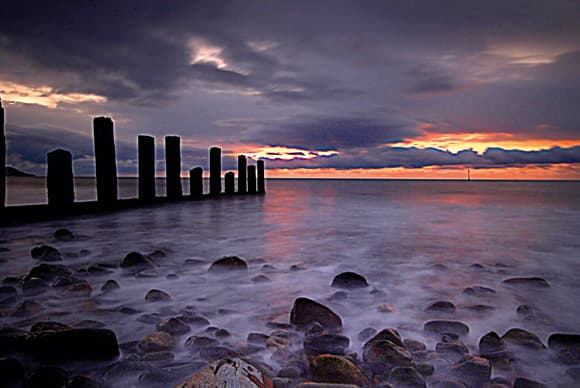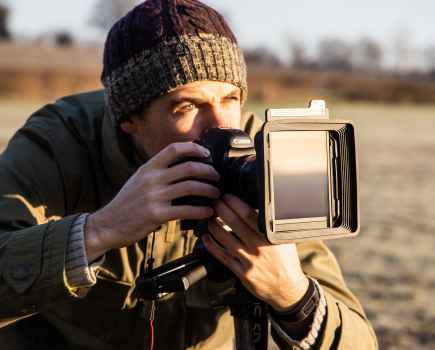Coastal landscape photography tips:
Get the best light
To get the best light arrive at your location at first light, or at dusk. First light offers the advantage that fewer people will be about, but involves getting up while it’s still dark.
Find a good viewpoint
Look for a viewpoint that offers some foreground interest, whether it be groynes, boulders, beach etc. A low viewpoint will also give your foreground greater emphasis and help to lead the viewer’s eye into the picture.
Create drama
To create an exaggerated sense of perspective and a greater sense of drama, try using a wideangle lens. Choose a lens with a 35mm equivalent focal length of 28mm or wider.
Use a tripod
Mount the camera on a sturdy tripod and take the trouble to make sure that the horizon is dead level. Use a spirit level if you have one.
Take a meter reading
Take a meter reading from a mid-tone area of the scene and make a test exposure. Check to make sure that detail is retained in dark shadow areas such as dark boulders. If in doubt shoot an additional exposure at half to one stop under your metered setting.
Select a good exposure combination
Select an exposure combination that will give you a small aperture (for maximum depth of field) and a slow shutter speed (to blur the motion of the waves and create an ethereal look). A shutter speed of 1/4 sec or slower should be used.
Use an ND filter
If it’s too bright for long exposure times, fit a neutral density filter on the lens to cut down the light level. A neutral density (ND) grad filter is also useful for darkening a bright sky.








